Using 19 different quantum computers, scientists demonstrate how entangled particles break limitations in accuracy on the sub-atomic scale.
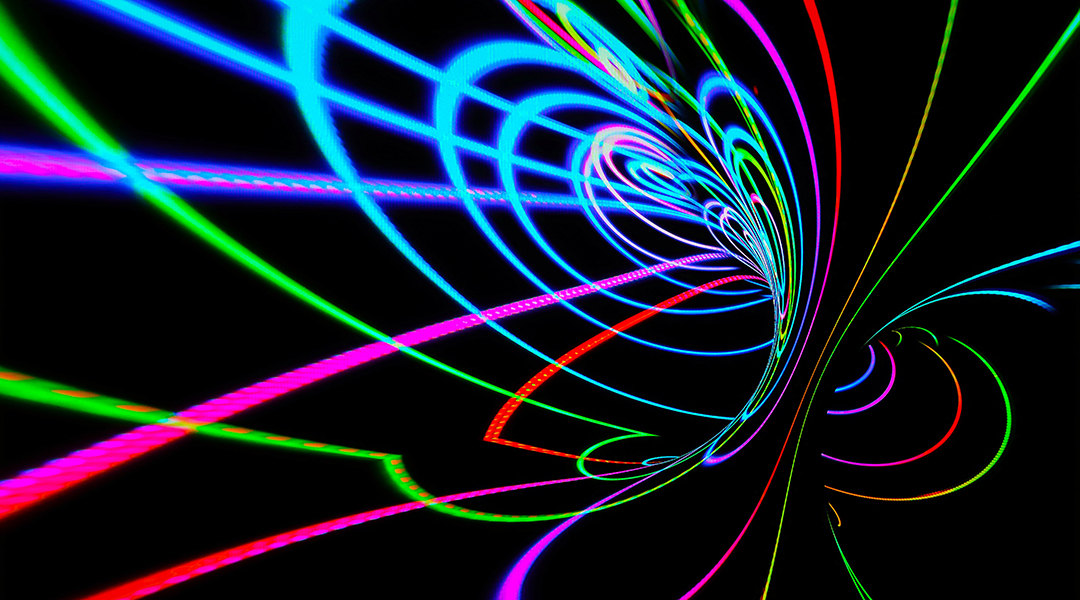

Using 19 different quantum computers, scientists demonstrate how entangled particles break limitations in accuracy on the sub-atomic scale.

What would it mean for two particles to become gravitationally entangled?

Scientists use quantum entanglement to compare two atomic clocks achieving what might be the ultimate precision possible.

Exploiting defects in 2D hexagonal boron nitride to create reliable single photons, researchers have upped their quantum encryption game.

Researchers at the Southern University of Science and Technology in China ask if gravitons can be promising candidates for dark matter components.
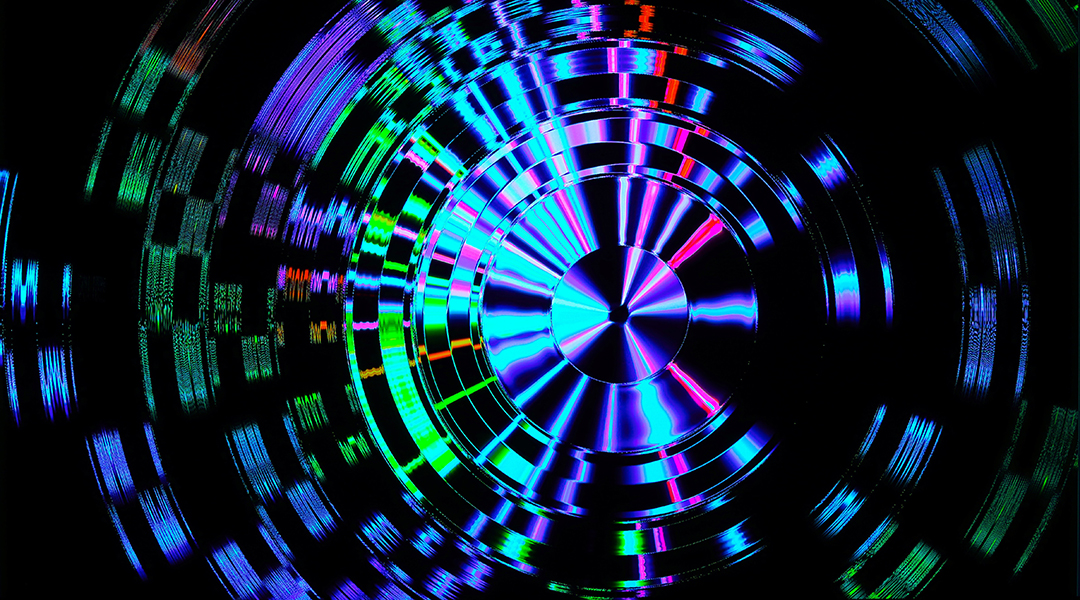
A set of quantum computers was put to the test by playing the notorious triangle game.
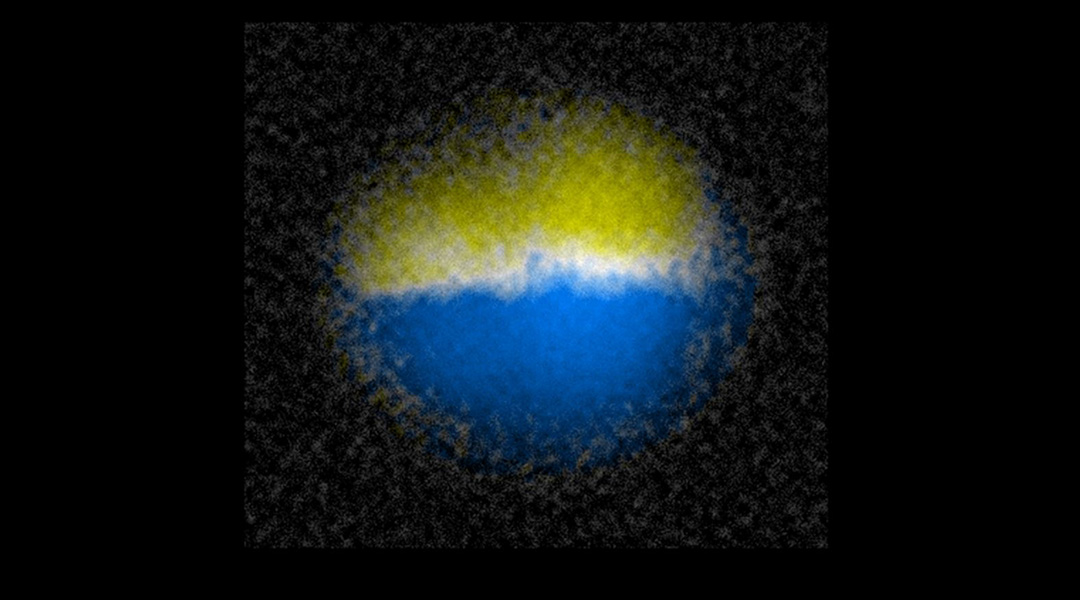
Researchers have discovered how to create and manipulate a quantum object called a “domain wall”, which exhibits particle-like properties.
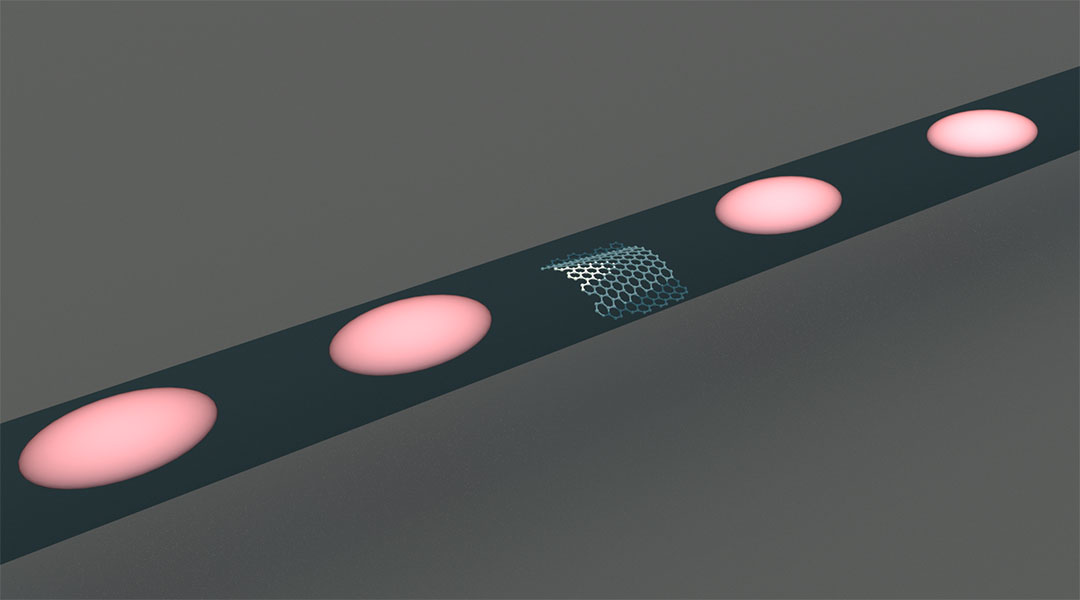
Photonics offer a natural link between communication and computation, providing a potential bridge to build a quantum internet.
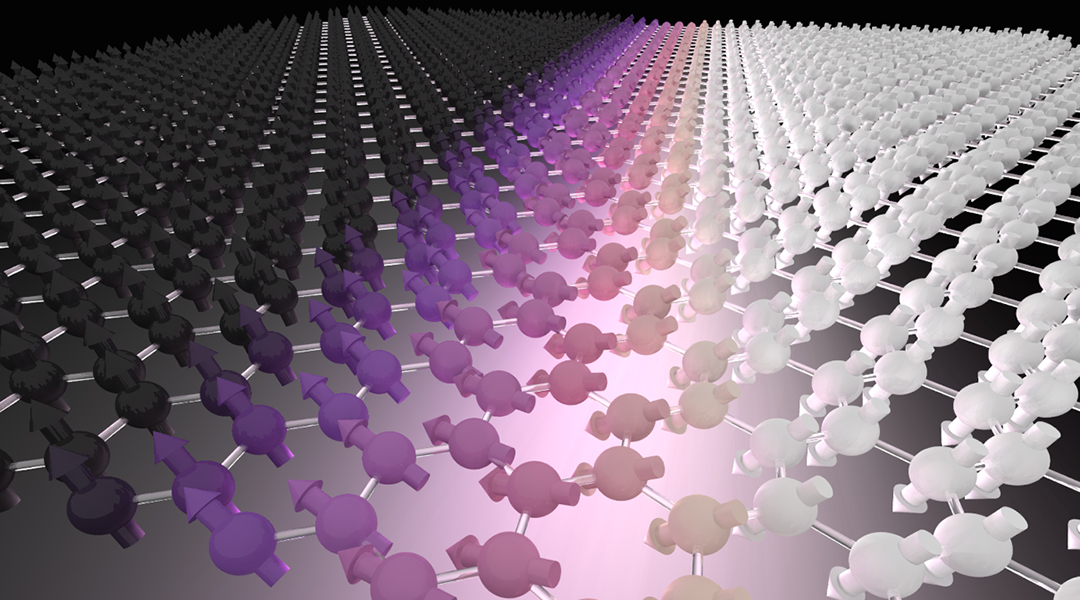
Using theoretical and experimental analysis, researchers aim to better understand the novel and intriguing magnetic properties of 2D materials for the next generation of information technologies.

An intelligent material that learns by physically changing itself, similar to how the human brain works, could be the foundation of a completely new generation of computers.